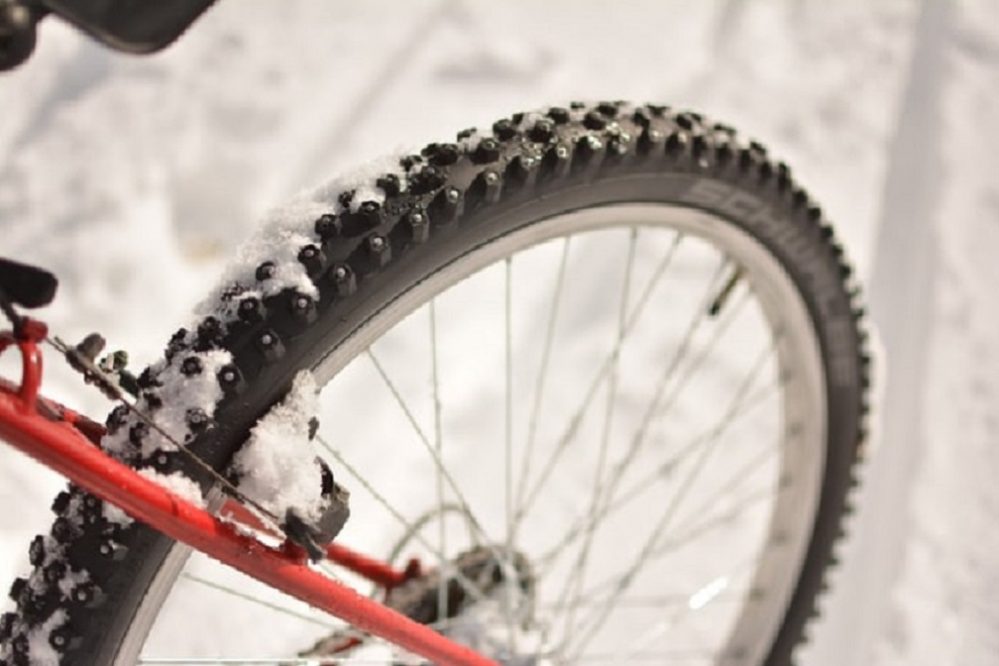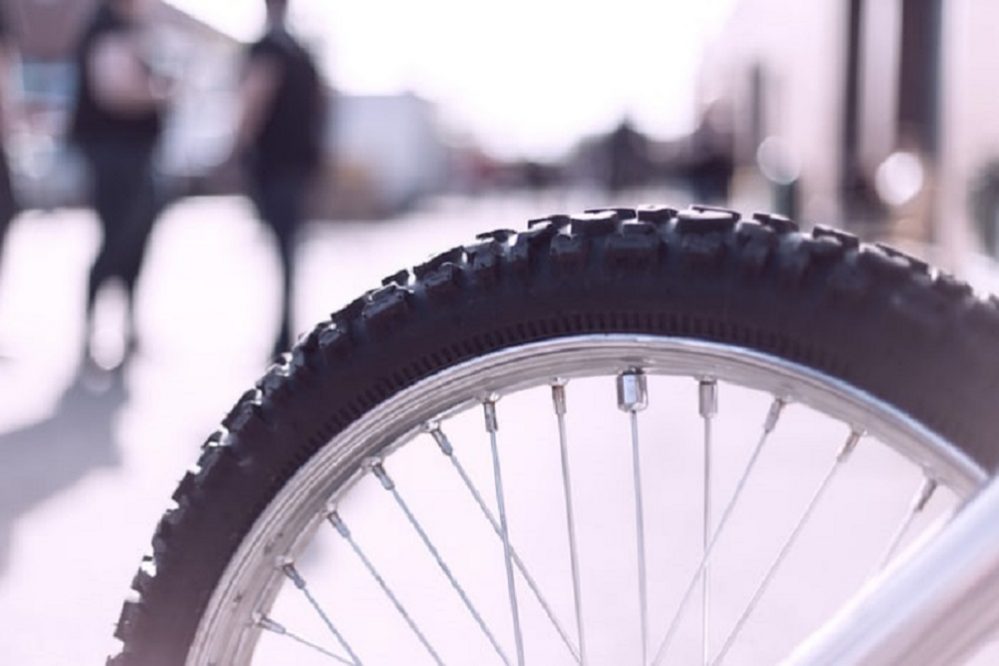A properly maintained mountain bike will give you joyful, secure, and fast-flowing rides. However, to contribute to your bike’s overall performance, you should keep an eye on your tires’ pressure at all times.
Finding the adequate amount of pressure for your tires tends to be tricky, but getting it right will be rewarding since it will impact how your riding experience will turn out to be.
Please keep reading to discover why correct tire pressure is essential and how to get it right every time!
Why Is Tire Pressure Important?
Keeping your bike’s tires inflated to the recommended pressure is an important component of their maintenance. Too much tire pressure tends to cause chatter, while too little pressure conforms more than needed causing friction. For this reason, your tires need just the right amount of pressure for your bike to work properly. Tires with the proper air pressure last longer and contribute to the quality and durability of your bike.
What Is the Perfect Tire Pressure?
Most bike tires have the appropriate psi (pounds per square inch) put into the rubber on the sidewall. However, if you can’t find the recommended PSI for your tire, you should know that a typical mountain bike tire pressure ranges from 22 psi (1.5 bar) to 35 psi (2.4 bar). The rear tire should take more air than the front since the back bears more of your weight and requires more support.
How to Find the Right Tire Pressure

To find the correct mtb tire pressure, you should analyze many factors. The correct tire pressure is determined by the rider and bike weight, the terrain you’re operating in, your riding style, and most importantly, the type of tire.
Rider and bike weight
Rider and bike weight is one of the main factors that interact with tire pressure. However, this element is always predictable, and it is easy to find a solution for it.
To understand how much pressure your tires need to support your weight, sit on your bike and observe how much the tire compresses when more weight is applied.
The goal is to find a balance, so the tires support your weight but don’t end with more pressure than required. Following this logic, the higher the rider’s weight, the more pressure the tires need.
Terrain
The tire volume and the rider weight are known before you start riding, and it is easier for you to take action beforehand and adjust your tire’s pressure. However, the terrain you’ll ride is unpredictable, mainly when operating there for the first time. This is primarily applicable to mountain riding, gravel biking, or cyclocross and requires trial and error to understand how your bike will perform there.
Try to keep an eye on how your bike feels on uneven terrain when you’re out riding. If when your wheel meets a sharp rock you hear a loud clunk, it means the pressure of your tires may be too low. On the other hand, if your bike is shaky in tight bends and bouncy on bumpy roads, then the pressure is too high, so you should drop your psi to fix this problem.
Over time you will be able to determine with more accuracy which trails require a bit more pressure and which are smooth enough to ride with softer tires for improved corner grip.
Riding style
Your riding style hugely impacts how much pressure your tires need. For example, road tires are built to operate over smooth surfaces, and higher pressure lets them roll easier and faster; that’s why they require 80 to 130 psi. On the other hand, mountain tires are designed for loose and bumpy terrain, and too much pressure leads to more bounce; therefore, they require 25 to 35 psi.
The tire pressure should be adequate for your riding style so you can have a smooth ride and avoid any potential dangers.
Tires
Different types of tires require different amounts of pressure; that’s why you need to apply pressure depending on your tire’s casing, tread, and sidewall strength.
Typically, narrow tires require 80–130 psi, medium tires require 50–70 psi, and thick tires should have 30 psi (off-road) or 50 psi (on-road).
Tire pressure chart
As mentioned previously, how much pressure a bike tire needs depends on many factors, one of them being the rider weight and the tire size. It is essential to adjust your weight to the tire size to have a safe time while riding.
Below you can find a mountain bike tire pressure chart that will help you find the proper pressure for your tires.
| Rider Weight | Tire size | |||
| 33 to 35 mm | 35 to 38 mm | 38 to 42 mm | 42 to 45 mm | |
| 100 Ibs. | 25 psi | 24 psi | 22 psi | 21 psi |
| 110 lbs. | 28 psi | 26 psi | 24 psi | 21 psi |
| 120 lbs. | 30 psi | 28 psi | 26 psi | 23 psi |
| 130 lbs. | 32 psi | 30 psi | 27 psi | 25 psi |
| 140 lbs. | 34 psi | 32 psi | 29 psi | 26 psi |
| 150 lbs. | 36 psi | 34 psi | 31 psi | 28 psi |
| 160 lbs. | 38 psi | 35 psi | 32 psi | 29 psi |
| 170 lbs. | 39 psi | 37 psi | 34 psi | 30 psi |
| 180 lbs. | 41 psi | 38 psi | 35 psi | 31 psi |
| 190 lbs. | 42 psi | 39 psi | 36 psi | 33 psi |
| 200 lbs. | 43 psi | 41 psi | 37 psi | 33 psi |
| 210 lbs. | 44 psi | 42 psi | 38 psi | 34 psi |
| 220 lbs. | 45 psi | 43 psi | 39 psi | 35 psi |
| 230 lbs. | 46 psi | 43 psi | 39 psi | 36 psi |
| 240 lbs. | 47 psi | 45 psi | 41 psi | 37 psi |
How to Test If You Have the Right Tire Pressure

To test if you have the right tire pressure, you should have a gauge and pump. Start this test by putting high pressure on your tires. The pressure should be anywhere between 28 psi in the front and 30 psi in the rear.
Then, find a terrain similar to the ones you most often go to and start riding your bike. During the ride, you should concentrate on how much grip your tires have, how the bike reacts when you’re riding over roots and hits, and whether the rim hits the ground.
After understanding how your bike performs when the tires have very high pressure, it is time to drop the tire pressure from the front and the rim for two psi. Ride your bike once again while still observing how much grip you have and how the tires feel. You should repeat this process as much as needed, dropping the tire pressure each time until you understand what works best for you.
Conclusion
Ultimately, bike tires should be properly inflated with the recommended amount of pressure at all times. In the long run, properly inflated tires will save you money since incorrect tire pressure frequently leads to a shorter life for your tires or even accidents. Using our tips and tricks, you will be able to understand how to find the perfect pressure for your tires and enjoy greater grip, control, and pleasure from your bike.




